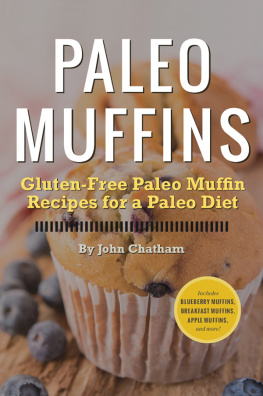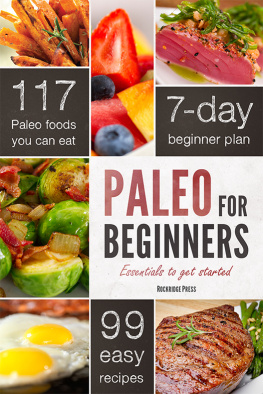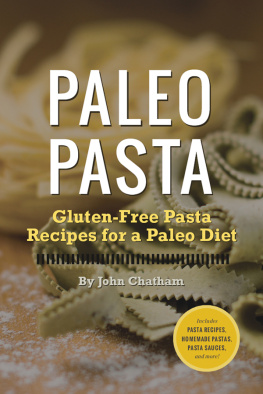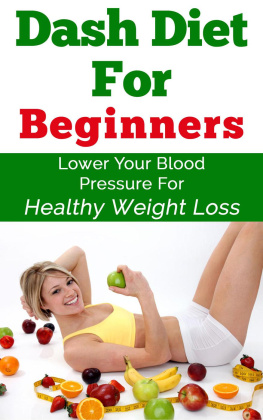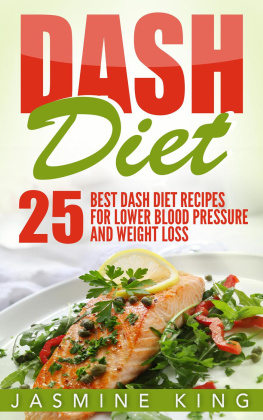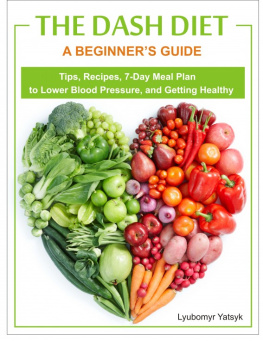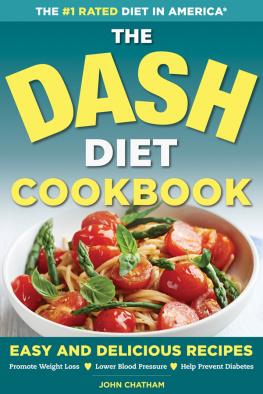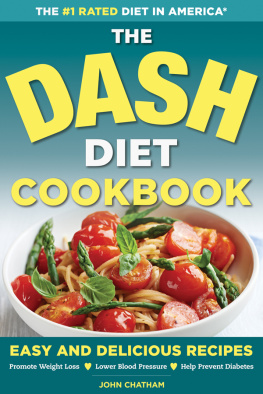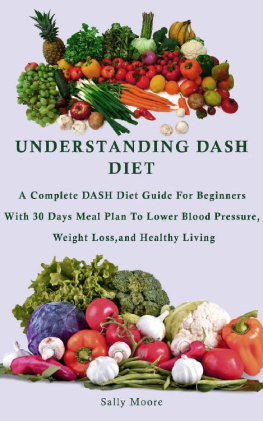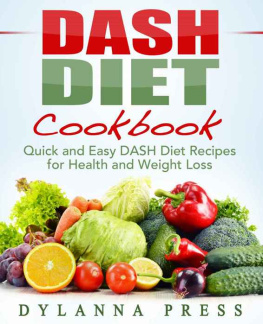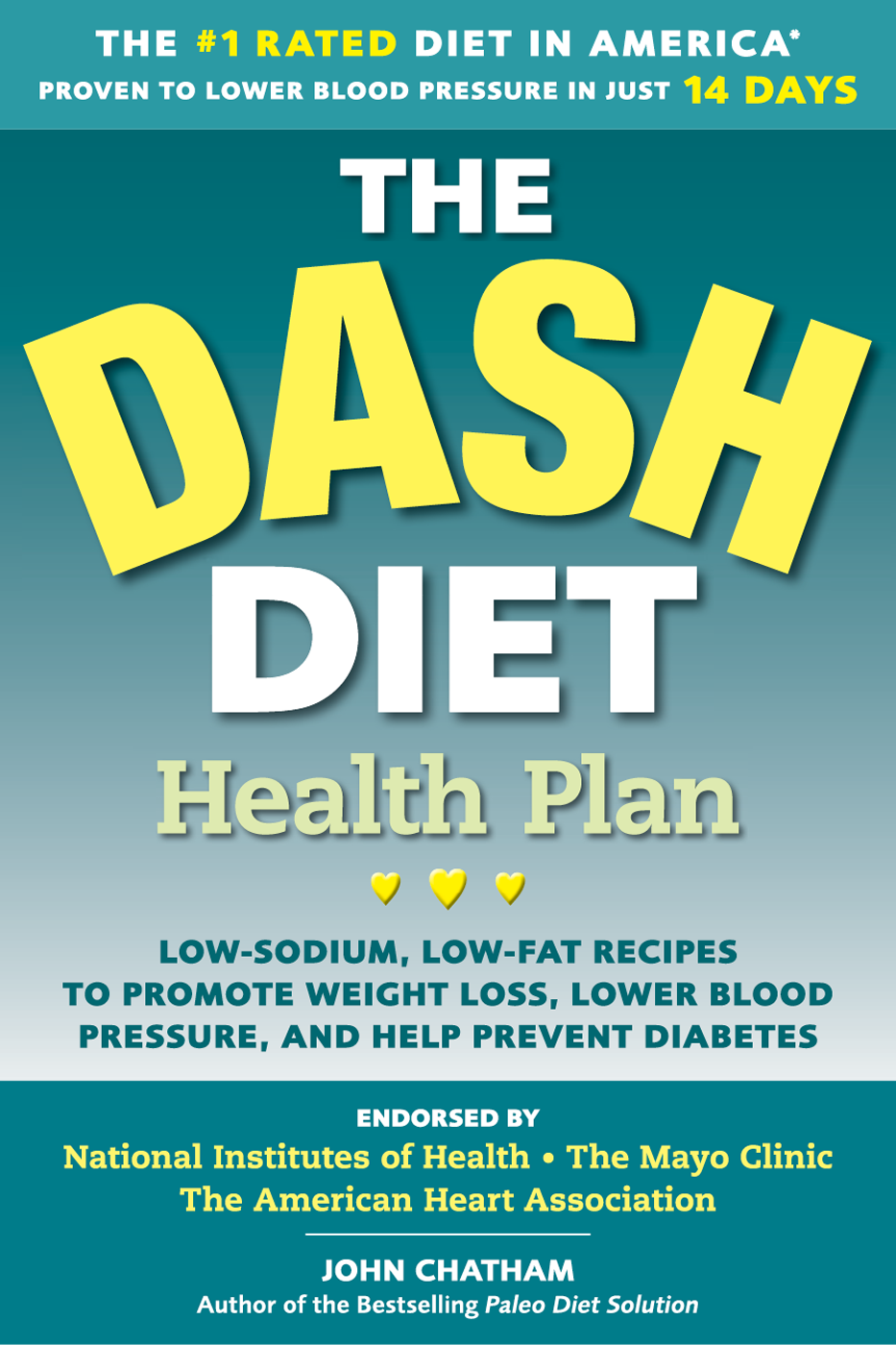
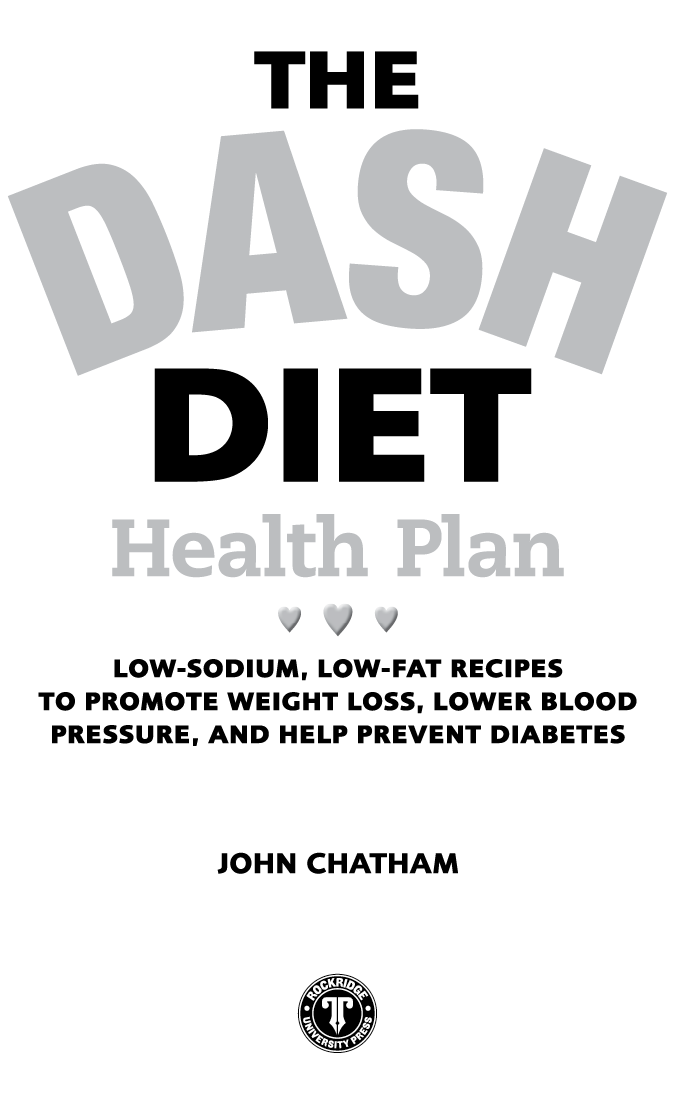
Copyright 2012 by Rockridge University Press, Berkeley, California
No part of this publication may be reproduced, stored in a retrieval system or transmitted in any form or by any means, electronic, mechanical, photocopying, recording, scanning or otherwise, except as permitted under Sections 107 or 108 of the 1976 United States Copyright Act, without the prior written permission of the Publisher. Requests to the Publisher for permission should be addressed to the Permissions Department, Rockridge University Press, 918 Parker St, Suite A-12, Berkeley, CA 94710.
Limit of Liability/Disclaimer of Warranty: The Publisher and the author make no representations or warranties with respect to the accuracy or completeness of the contents of this work and specifically disclaim all warranties, including without limitation warranties of fitness for a particular purpose. No warranty may be created or extended by sales or promotional materials. The advice and strategies contained herein may not be suitable for every situation. This work is sold with the understanding that the publisher is not engaged in rendering medical, legal or other professional advice or services. If professional assistance is required, the services of a competent professional person should be sought. Neither the Publisher nor the author shall be liable for damages arising herefrom. The fact that an individual, organization or Web site is referred to in this work as a citation and/or potential source of further information does not mean that the author or the Publisher endorses the information the individual, organization or Web site may provide or recommendations they/it may make. Further, readers should be aware that Internet Web sites listed in this work may have changed or disappeared between when this work was written and when it is read.
For general information on our other products and services or to obtain technical support, please contact our Customer Care Department within the U.S. at (866) 744-2665, or outside the U.S. at (510) 253-0500.
Rockridge University Press publishes its books in a variety of electronic and print formats. Some content that appears in print may not be available in electronic books, and vice versa.
TRADEMARKS: Rockridge University Press and the Rockridge University Press logo are trademarks or registered trademarks of Callisto Media Inc. and/or its affiliates, in the United States and other countries, and may not be used without written permission. All other trademarks are the property of their respective owners. Rockridge University Press is not associated with any product or vendor mentioned in this book.
ISBNs: Print 978-1-62315-024-2 | eBook 978-1-62315-006-8
TABLE OF CONTENTS

INTRODUCTION
I magine indulging in rosemary chicken, chocolate cake, berry banana smoothies, seafood fettuccine and French dip sandwiches. Now, imagine doing this while lowering your blood pressure, losing weight and reducing your risk of heart disease, stroke and diabetes. All of this and more is possible on the DASH diet.
Whether your goal is to eat healthy or to lose weight, the DASH diet is an excellent choice. It will help you get slim, fit and healthy with no gimmicks, hard to follow rules or restrictions. Instead of being stuck in the diet doldrums, you will feel satisfied and full of energy.
US News & World Report picked the DASH diet as its number one choice in Best Diets Overall, Best Diets for Healthy Eating and Best Diabetes Diets. It is nutritionally sound, based on extensive scientific research and has received widespread support and approval from the health community.
The DASH diet is not a fad diet or a crash diet. Its a medically developed plan that was designed to improve your health. On the DASH diet you can feel as good on the inside as you look on the outside.
The DASH diet is popular because it addresses health first and foremost. It has been shown to have a significant impact on hypertension (high blood pressure), cholesterol levels and even kidney function. Since the DASH diet is also an excellent weight loss plan, it has a beneficial impact on heart disease, type 2 diabetes, metabolic syndrome and other obesity-related conditions.
The DASH Diet Health Plan includes everything you need to succeed. Weve streamlined the details to make the program as easy and enjoyable as possible. Youll find all the information you need, as well as meal plans, recipes and a quick-start fitness program. But its not one size fits all. In fact, you can customize the plan to meet your individual needs.
SECTION ONE
What You Need to Know About the DASH Diet

WHAT IS THE DASH DIET?
The History of the DASH Diet
In response to the growing problem of high blood pressure in the US, the National Institutes of Health (NIH) provided funding in 992 for research into a dietary solution to hypertension. The goal was to create Dietary Approaches to Stop Hypertension (DASH).
The National Heart, Lung and Blood Institute (NHLBI) conducted this research with the help of five of the most respected medical research institutions in the country:
- Johns Hopkins University
- Duke University Medical Center
- Kaiser Permanente Center for Health Research
- Brigham and Womens Hospital
- Pennington Biomedical Research Center
Together, these five facilities conducted the most extensive and exhaustive research to date on nutritional solutions for the growing problem of hypertension.
How the Studies Were Conducted
Teams of doctors, nutritionists, nurses and statisticians worked cooperatively between their respective institutions on randomized control trials. Each facility chose and studied its own groups of participants to ensure the most accurate research results. Over 8,000 people went through the screening process, and the researchers specifically sought to fill at least two-thirds of the spots with people at high risk of hypertension. At each facility, three diets were used to test the effect of a particular diet on blood pressure.
The first, or control diet, was a diet very close to the typical American diet: low in potassium, calcium, magnesium and fiber, with the same protein and fat intake of the average American diet. However, the control diet had a lower sodium intake (500 mg) than the average diet, and its purpose was to represent the recommendation by doctors to lower sodium intake in order to lower blood pressure.
The second diet was similar to the control diet, but with more fruits and vegetables and fewer snacks. It was also higher in fiber.
The third diet, which became known as the DASH diet, was higher in fruits, vegetables, low-fat dairy and lean protein. It was also lower in saturated fat and overall fat intake. The DASH diet was based on research that showed that a high intake of fiber and certain minerals could have a very positive impact on high blood pressure.
The second and third diets included a daily sodium intake of 3,000 mg to represent the average sodium intake of Americans. The researchers wanted to see if nutritional changes other than lowering sodium intake could have a positive impact on hypertension.




